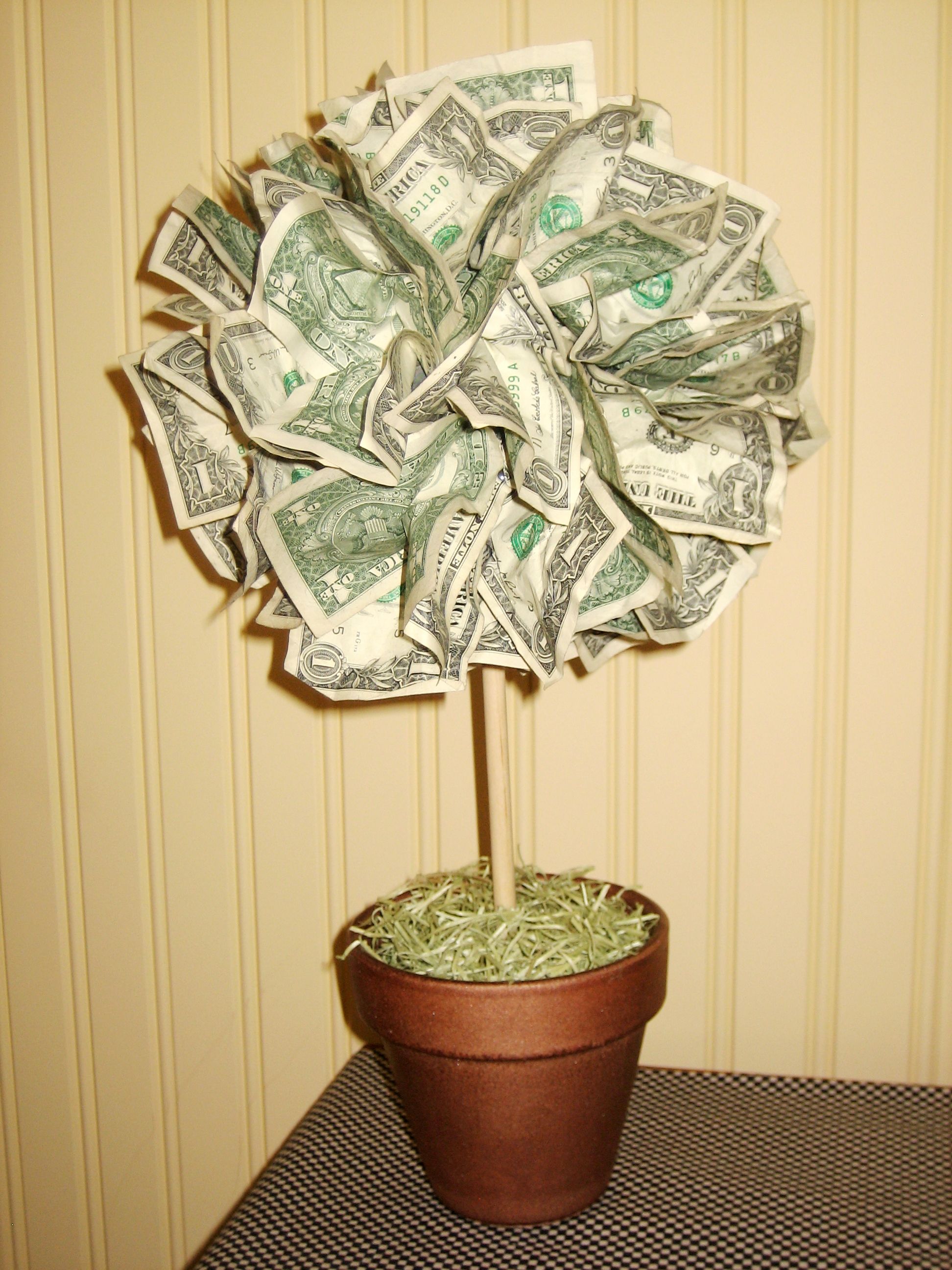photoguy
Thinks s/he gets paid by the post
- Joined
- Jun 15, 2010
- Messages
- 2,301
I've always loved having plants and now that I'm not living out of our car, we can actually have some greenery. I saw this TED talk by Kamal Meattle on using plants to improve the air:
https://www.ted.com/talks/kamal_meattle_on_how_to_grow_your_own_fresh_air?language=en
I figure, if I'm going to get plants anyway might as well get ones that are the best at improving air quality.
Has anybody done this (explicitly get plants to improve AQ)? How do you monitor in a quantitative sense if AQ is actually improving? What do you do when you go on a month long trip?
FYI the three specific plants he recommends are:
- areca palm / Chrysalidocarpus lutescens
- Mother-in-law's tongue / Sansevieria trifasciata
- Money plant / pothos / Epipremnum aureum
https://www.ted.com/talks/kamal_meattle_on_how_to_grow_your_own_fresh_air?language=en
I figure, if I'm going to get plants anyway might as well get ones that are the best at improving air quality.
Has anybody done this (explicitly get plants to improve AQ)? How do you monitor in a quantitative sense if AQ is actually improving? What do you do when you go on a month long trip?
FYI the three specific plants he recommends are:
- areca palm / Chrysalidocarpus lutescens
- Mother-in-law's tongue / Sansevieria trifasciata
- Money plant / pothos / Epipremnum aureum

